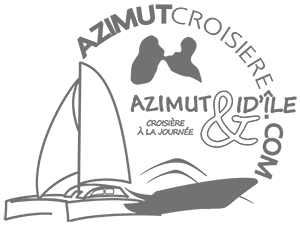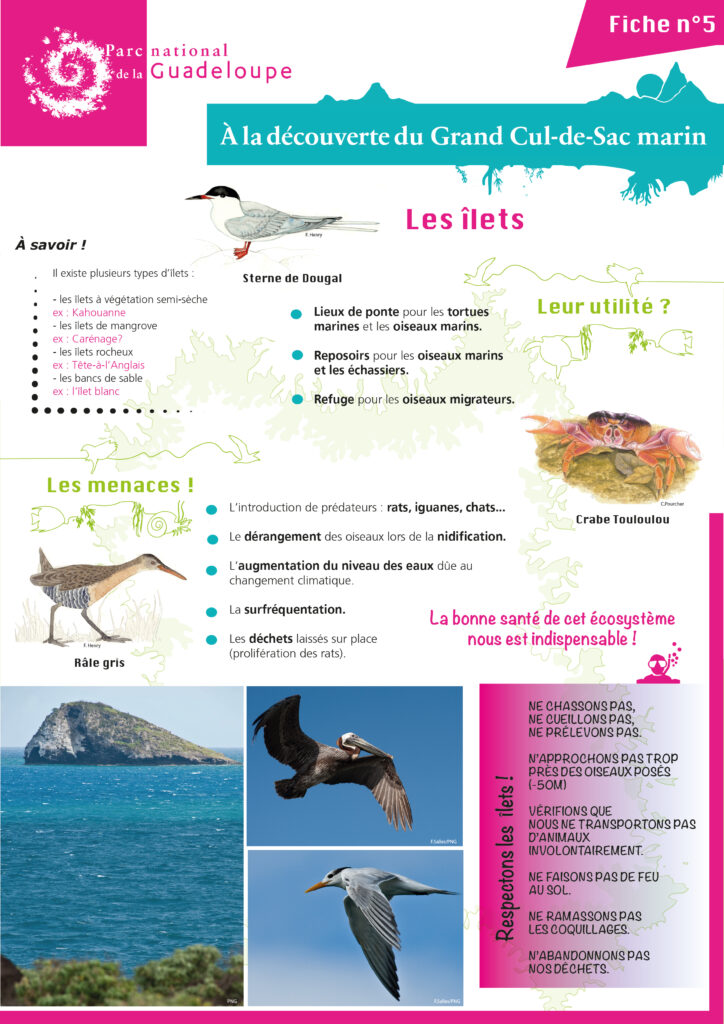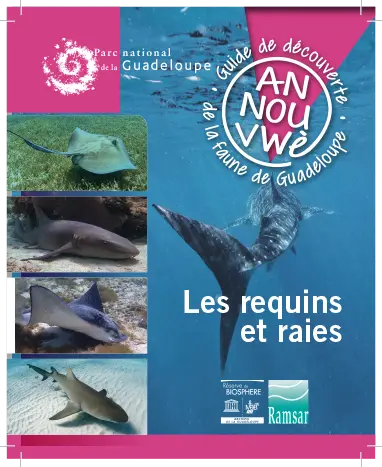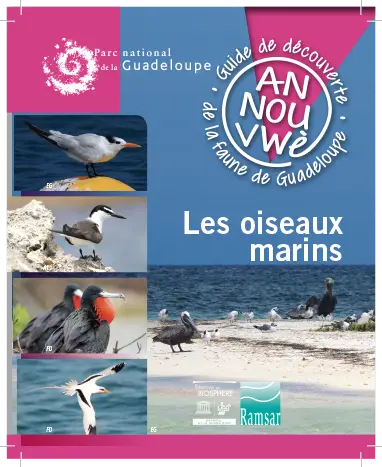Discover the Grand Cul-de-Sac Marin with an Authorized Guadeloupe National Park Partner.
The Grand Cul-de-Sac Marin is a vast 24,500-hectare bay between Grande-Terre and Basse-Terre, enclosed by the longest coral barrier reef in the Lesser Antilles (29 km long) and surrounded by the largest mangrove area in the Lesser Antilles.
This immense lagoon is home to the main coastal and marine ecosystems (swamp forests, mangroves, seagrass beds, coral reefs...).
The Grand Cul-de-Sac Marin is therefore an exceptional biodiversity reservoir.
It is home to the majority of coral fauna species and 60% of the gorgonians in the French Antilles.
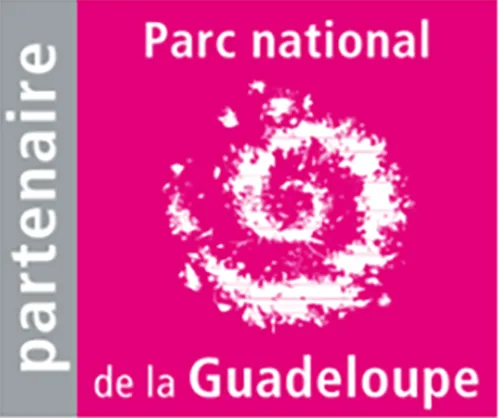

Coral reefs form a true barrier against the ocean swell.
Seagrass beds grow in shallow waters. These seagrass beds are of paramount ecological importance for the bay.
Mangroves consist of a unique flora composed of mangrove trees, characterized by their ability to grow in an environment flooded by salt or brackish water. This environment acts as a brake on coastal erosion, a filter, and a shelter for avian fauna.
The swamp forest follows the mangrove in floodable areas but beyond the reach of tides, along waterways and in coastal plains. The vegetation there is dominated by the buttonwood mangrove.
Herbaceous marshes which include:
- brackish marshes
- freshwater marshes
- and wet grasslands.
The fauna is represented by a particularly rich avifauna (sea, freshwater, or terrestrial birds) which finds abundant food in these shallow, wetland areas: shellfish, mollusks, small fish..
THE MISSION OF THE GUADELOUPE NATIONAL PARK:
The National Park works for the preservation and enhancement of the exceptional natural, cultural, and landscape heritage of the Guadeloupean archipelago.
A bit of history:
A protected territory: the Grand Cul-de-Sac Marin
In the 1980s, while actively considering the definition of protection statuses for Guadeloupe's major natural heritage elements, the decision was made to create a Nature Reserve in the marine and coastal part of the Grand Cul-de-Sac Marin bay in 1987; then in 1989, a National Park in the forest mass of Basse-Terre. The Park's public institution took over the management of the Nature Reserve in 1990. It developed genuine expertise and legitimacy within this Marine Protected Area and gradually conveyed the message of protection to stakeholders and the public in the territory.
In June 2009, the National Park revision decree allowed for the integration of the 6 spatial units of the former Nature Reserve under a new status, that of park core.
With minor differences, the regulations that apply remain unchanged. Another innovation on this occasion: the marine cores were consolidated by a buffer zone called "adjacent marine area", which helps protect the marine cores.
Implementation of the Maritime Passenger Tax: January 2018
A tax on maritime passengers embarking to protected natural areas was established in 1995 by the law known as the "BARNIER law".
Thus, by embarking on our boats, you contribute to the funding of the protection of these areas.
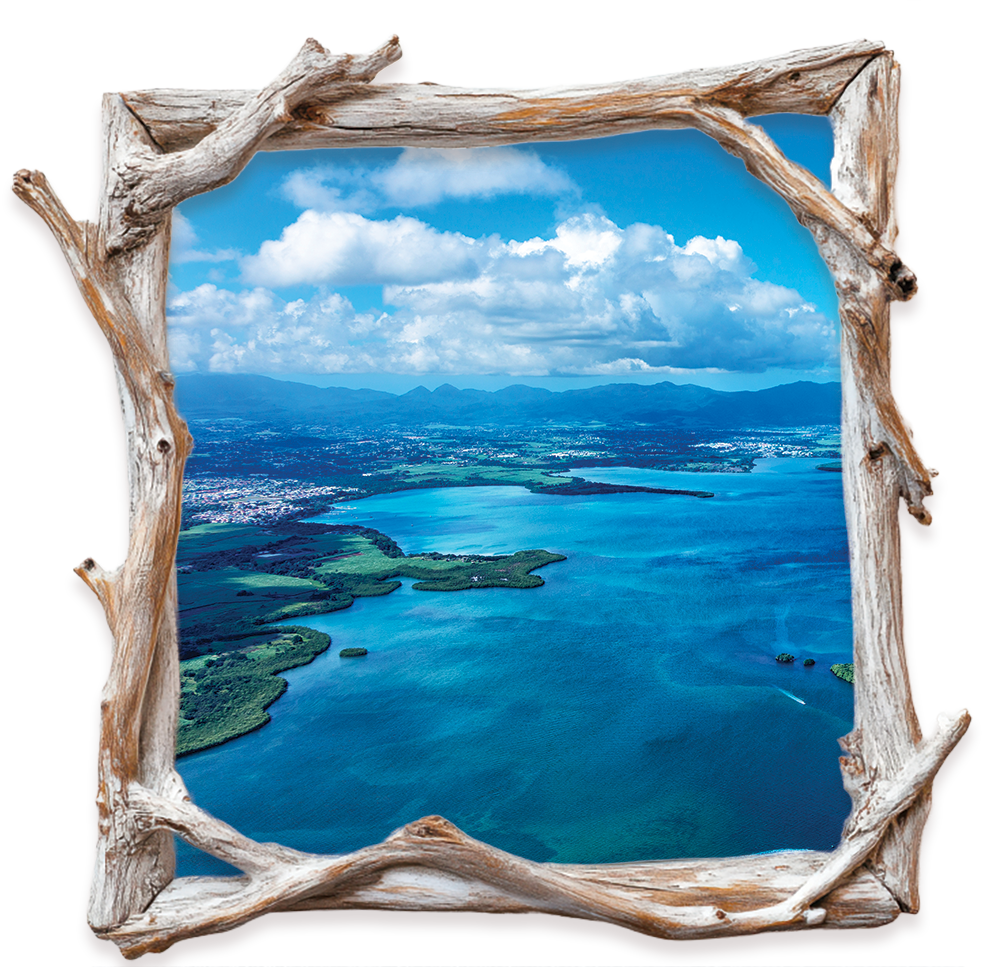

Consult the thematic sheets
of the Guadeloupe National Park
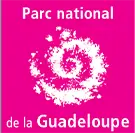
Organizations to Contact if You Encounter a:
Stranded Turtle
Guadeloupe Sea Turtle Network
0690 74 03 81
www.tortues-marines-guadeloupe.org
Kap Natirel
0690 84 64 51
contact@kapnatirel.org
Ray – Shark Observed, Injured, or in Distress
REGAR
0690 08 05 44
Kap Natirel
0690 84 64 51
www.kapnatirel.org
Cetacean observed, stranded, injured, or in distress
OMMAG
0690 74 72 06
contact.ommag@gmail.com
National Stranding Network
0690 57 19 44
0690 50 17 18
Banded Bird
Guadeloupe National Park
contact.web@guadeloupe-parcnational.fr
Injured or Distressed Animal
SOS Faune Sauvage
0690 31 10 41
0690 65 14 10
www.sosfaunesauvage.com

